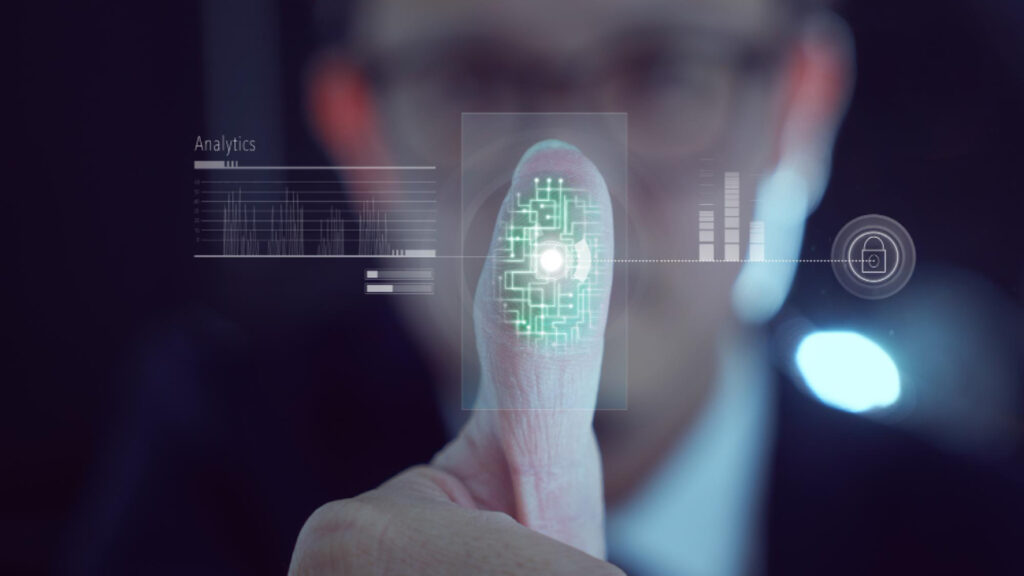In the realm of security and identification, a fascinating revolution is currently underway – the rise of multimodal biometric systems and their accompanying analytics feels Bahaa Abdul Hadi. Biometrics, the science of using unique physical or behavioral traits for identity verification, has come a long way from its origins.
Traditional unimodal systems, which relied on a single identifier like fingerprints or passwords, have often struggled with accuracy and security challenges. Enter multimodal biometrics, a cutting-edge approach that combines various biometric modalities such as fingerprints, faces, voices, and more.
Evolution of Biometric Systems
The evolution of biometric systems represents a captivating journey through time, marked by significant advancements. Biometric technology, historically, has undergone a remarkable transformation. Innovations have continually refined the methods for recognizing and verifying an individual’s identity. These innovations have addressed limitations associated with traditional unimodal systems, which often struggle with accuracy and security issues.
Over the years, the development of biometric recognition technology has contributed to making identification processes more robust and reliable. This progression paved the way for the emergence of multimodal biometric systems, which have revolutionized the landscape of identity verification.
The Emergence of Multimodal Biometric Systems
Multimodal biometric systems have arisen as a response to the limitations of unimodal approaches. These systems involve the integration of multiple biometric modalities, such as fingerprints, faces, and voices, for more robust identity verification.
This fusion of different identifiers allows for increased accuracy and security, making it difficult for unauthorized individuals to breach the system. The rationale behind multimodal biometrics is the diversity and complexity of human traits, which vary from person to person. By combining these traits, the chances of false positives or negatives are significantly reduced.
Advantages of Multimodal Biometric Systems
Multimodal biometric systems offer a plethora of advantages that set them apart from their unimodal counterparts. One of the key strengths lies in the heightened accuracy and reliability they bring to identity verification. By harnessing multiple biometric identifiers, these systems minimize the chances of false positives and negatives, enhancing overall security.
Furthermore, they improve convenience and usability, as individuals can choose from various authentication methods. This adaptability is especially valuable in scenarios where some biometric modalities may be less effective due to environmental factors or user-specific limitations. These systems are a powerful tool in the arsenal of security measures, promising a robust and versatile solution to safeguarding sensitive information and critical access points.
Multimodal Biometric Analytics
Multimodal biometric analytics, a vital component of modern biometric systems, plays a pivotal role in extracting valuable insights from biometric data. Instead of merely identifying individuals, analytics leverage the collected information for various purposes. By employing data analysis techniques, these systems can detect patterns, anomalies, and trends within biometric data. This aids in fraud detection, threat mitigation, and user behavior analysis.
Furthermore, it allows organizations to enhance security measures and tailor their access control strategies based on real-time data-driven decisions. The integration of analytics with multimodal biometrics not only fortifies the security aspect but also adds a layer of intelligence, making them indispensable in today’s evolving landscape of data-driven security solutions.
Conclusion
The rise of multimodal biometric systems and analytics heralds a new era in security and identity verification. The evolution of biometric technology has taken us from the limitations of traditional unimodal systems to the robust and versatile landscape of multimodal solutions.
These systems offer enhanced accuracy, security, and usability, making them indispensable in various domains. Multimodal biometric analytics further amplify their power by harnessing data to detect patterns and anomalies, fortifying security strategies.
As we navigate a world where security threats are ever-evolving, these technologies represent a formidable line of defense. Their adoption and continued innovation promise to reshape how we protect sensitive information and control access, ensuring a safer and more secure future. The article has been authored by Bahaa Abdul Hadi and has been published by the editorial board of Identity Herald. For more information, please visit www.identityherald.com.




